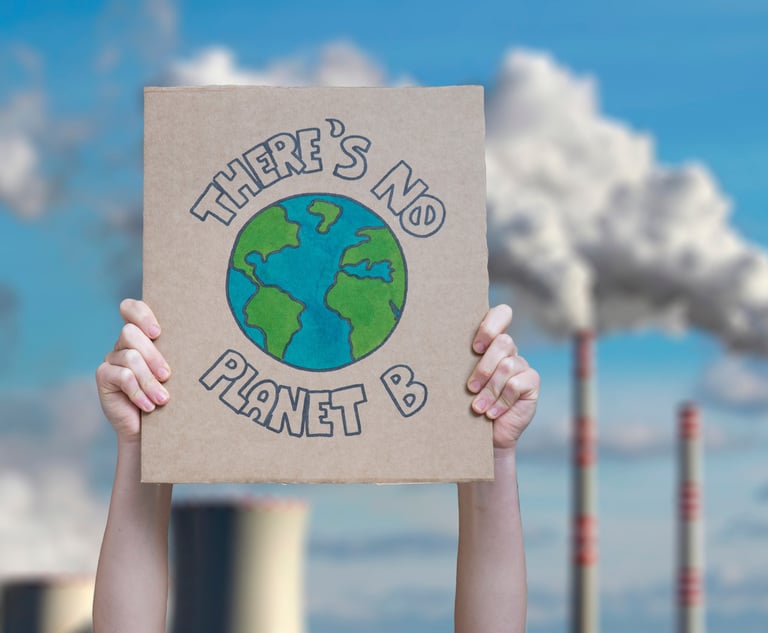(Bloomberg View) -- California is not unique in experiencing adestructive feedback loop in which declining water resources aredevoted to energy production, and energy is required to transportwater where it is increasingly scarce. Throughout much of the U.S.and the world, we manage water and energy as if they wereunrelated. In reality, they are Siamese twins.
|Utility executives in Washington State are concerned that lowsnowpack threatens reservoirs that generate much of the state’spower. Legislators in Texas, who are normally reluctant toacknowledge the existence of climate change or to spendtax dollars, approved billions of dollars in new water projects todeal with a seemingly endless drought. Nevada water officials worrythat they will no longer be able to withdraw water from behindHoover Dam if the water level continues dropping. (Meanwhile,upstream Glen Canyon Dam, which loses up to 10% of its water toevaporation and seepage under the best circumstances, remainscommissioned to generate electricity.)
|The energy-water feedback loop is even worse in emergingeconomies, where energy production siphons more water, and waterdelivery requires more power. Mining and burning coal, and refiningoil, use 20% of China’s water supply, and an even higher proportionin the nation's arid Northwest. As a result, China has been forcedto use very expensive and inefficient “dry cooling” technology inmany of its coal-power plants. Having devoted too much water tomining coal, China recently abandoned many efforts to extractnatural gas from shale because the shale is located in regions thatlack the water required for hydrofracking.
|Desperately needing energy, Pakistan has nonetheless been unableto agree on proposals to dam the Indus River for hydropower becausesome proposals would create irrigation potential in Sind Province,and others in the Punjab, threatening civil war. Pakistan'supstream rival, India, dams its own tributaries of the Indus,reducing the flow and fueling the conflict between the two SouthAsian neighbors.
|India spends 25% of its electricity on highly inefficientirrigation systems that waste both power and water. (Solar pumpingwould be cheaper, increase crop yields and conserve huge amounts ofwater -- a virtuous cycle. But solar infrastructure in India isnowhere near critical mass.) At the same time, the Indian state ofMaharashtra has had to shut down its coal-fired plants in recentsummers; the state cannot spare the water necessary to cool theplants.
|Africa, too, is struggling to balance competing demands of waterand energy. Kenya allowed its forest to be cut for charcoal fuel,which degraded the watersheds and led to dramatic declines inhydroelectric capacity and supplies of electricity. Chad’s majorwater body, Lake Chad, shrank 95% over the past four decades asdeclining rainfall was exacerbated by increased consumption. Oilproduction has intensified the unsustainable withdrawal ofgroundwater as Exxon Mobil and other oil companies drillever-deeper wells.
|In the Limpopo region of South Africa, efforts to mine theMakhado coal reserves have provoked a virtual water war betweenmining companies and locals. Eskom, South Africa’s primaryelectrical utility, already uses 2% of the nation’s water togenerate power. A Greenpeace study showed that even the mostmodern of South Africa’s coal plants, Kusile, would use 173 timesas much water per kwh as wind energy would. South Africa is alreadyutilizing a higher percentage of its total precipitation than anycountry on earth -- 40%; it has none left to spare for energydevelopment.
|When water runs out, stressed regions turn to desalination,which is extremely energy intensive, requiring about 15,000 kwh forevery million gallons. In fact, energy generally accounts for abouthalf the cost of desalinated water. To mine and burn coal forelectricity, China depleted its fresh water supplies on the NorthChina Plain. Now, China proposes to use much of that electricity todesalinate sea water. The United Arab Emirates use enormous amountsof energy to desalinate their water, about 70% of which is expendedon urban gardens.
|Humans can live in a variety of climates, including hot, dryones. But the scale of modern human civilization depends onpopulations and industries with access to reliable, cheap water. Ifthe rest of the world didn’t pay a premium for oil, places likeSaudi Arabia and the United Arab Emirates would not be able tosupport their present populations -- water scarcity requires themto import too much food. And they certainly wouldn’t be able tosupport their luxurious living standards. The desert wouldn't allowit.
|The cycle of waste can be arrested in much of the world,however. Wind and solar energy not only reduce carbon emissions,they reduce the amount of water devoted to energy production.Efficient drip irrigation systems should be paired with efficientsolar pumps to reduce demand for fossil fuels and the waterrequired to extract them. New buildings should be optimized to beboth carbon- and water-neutral, linking passive solar architecturewith rainwater harvesting. Finally, groundwater must be carefullyprotected and overdrafts restricted. During wet years – and therewill be wet years even in a changing climate -- watermust be stored and preserved beneath the earth. We will need it forthe droughts to come.
|CarlPope is a former chairman of the Sierra Club and anadviser to Michael R. Bloomberg.
|Copyright 2018 Bloomberg. All rightsreserved. This material may not be published, broadcast, rewritten,or redistributed.
Want to continue reading?
Become a Free PropertyCasualty360 Digital Reader
Your access to unlimited PropertyCasualty360 content isn’t changing.
Once you are an ALM digital member, you’ll receive:
- All PropertyCasualty360.com news coverage, best practices, and in-depth analysis.
- Educational webcasts, resources from industry leaders, and informative newsletters.
- Other award-winning websites including BenefitsPRO.com and ThinkAdvisor.com.
Already have an account? Sign In
© 2024 ALM Global, LLC, All Rights Reserved. Request academic re-use from www.copyright.com. All other uses, submit a request to [email protected]. For more information visit Asset & Logo Licensing.








